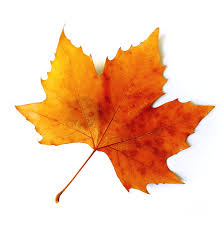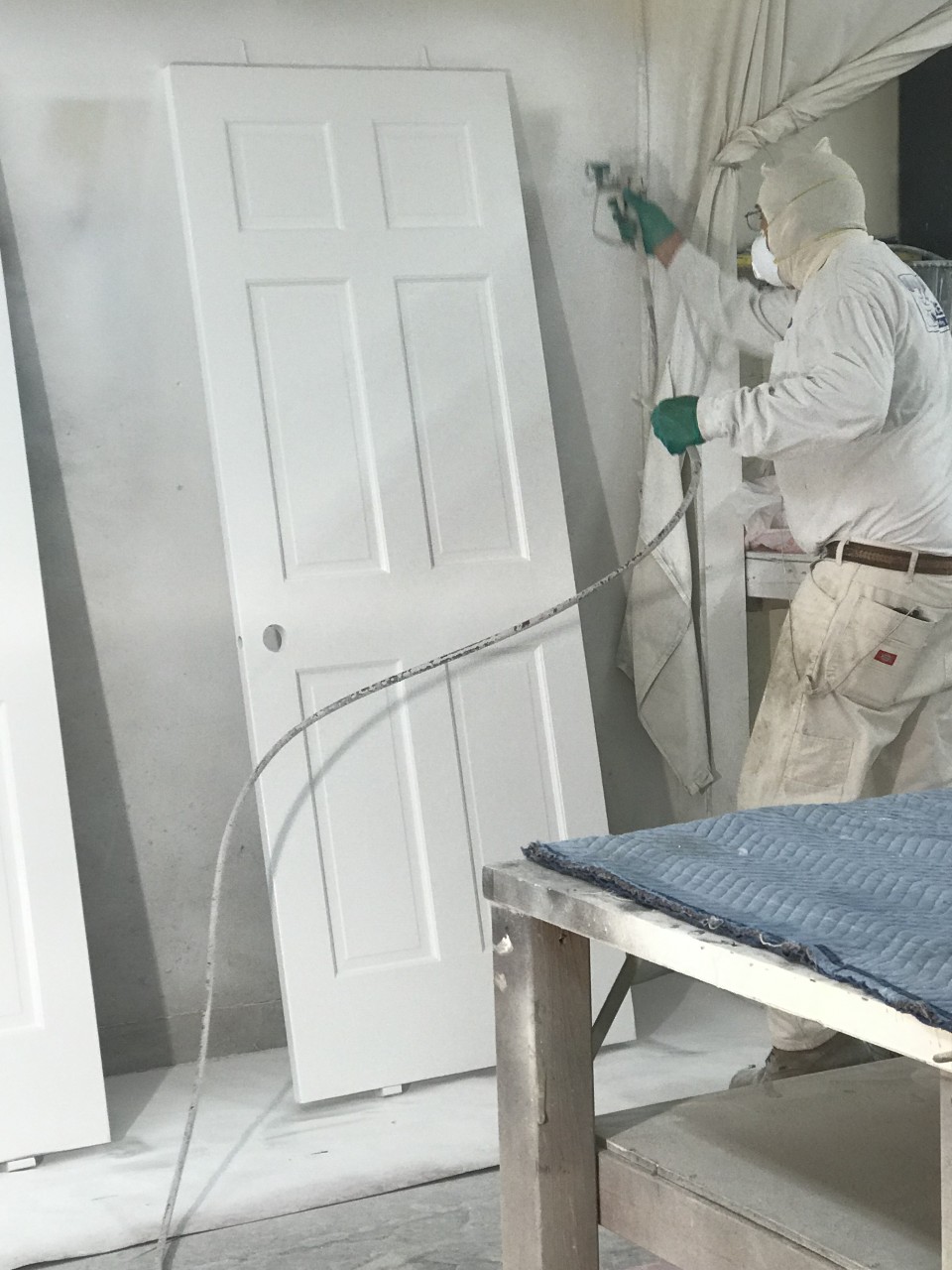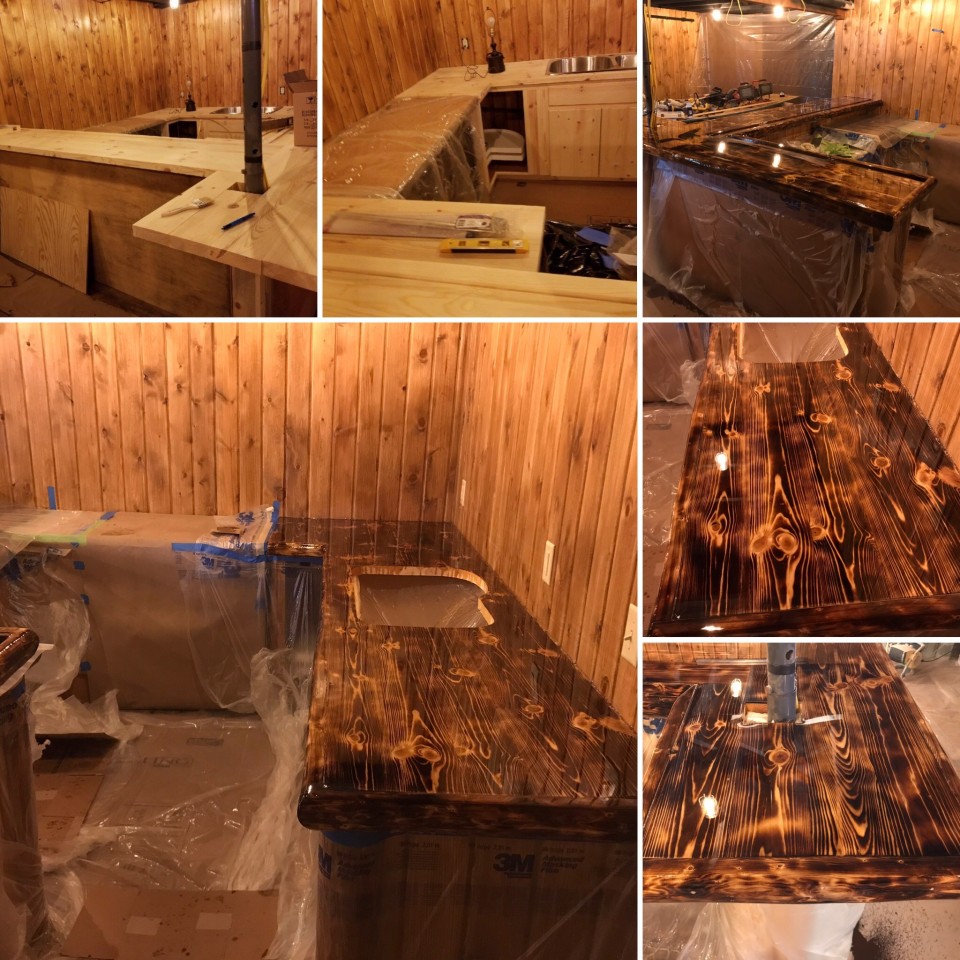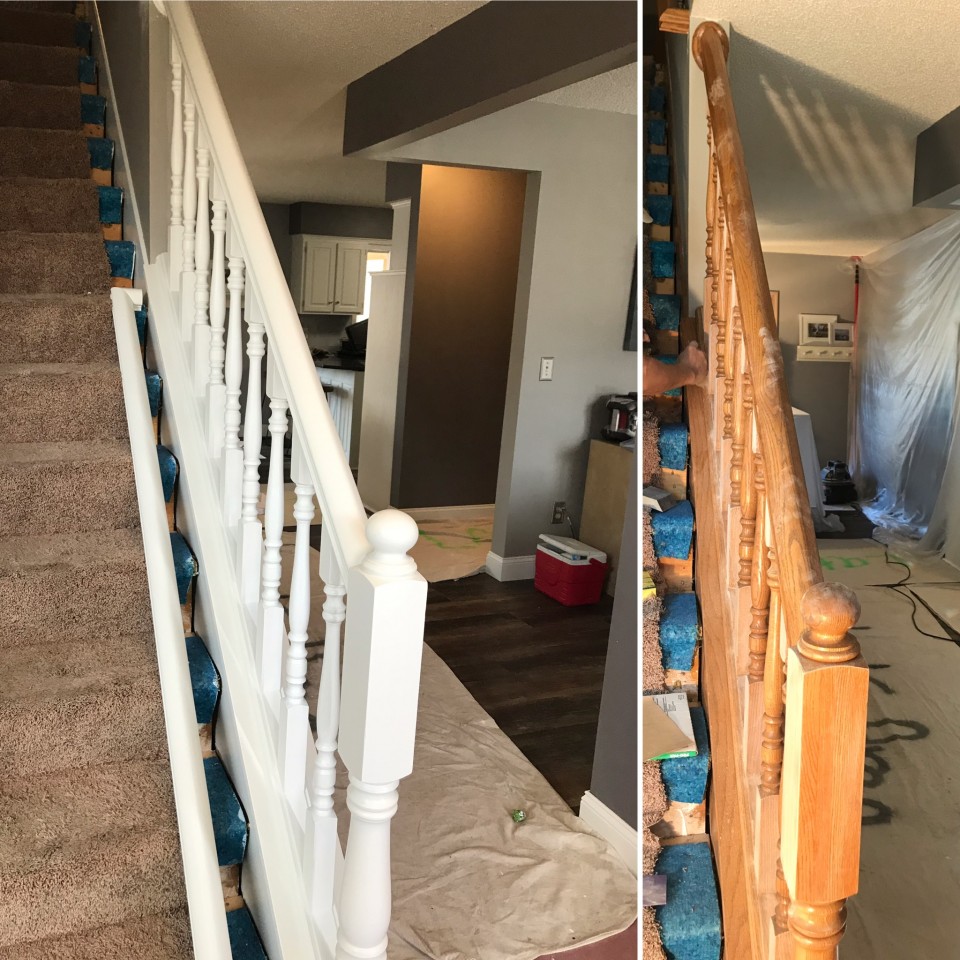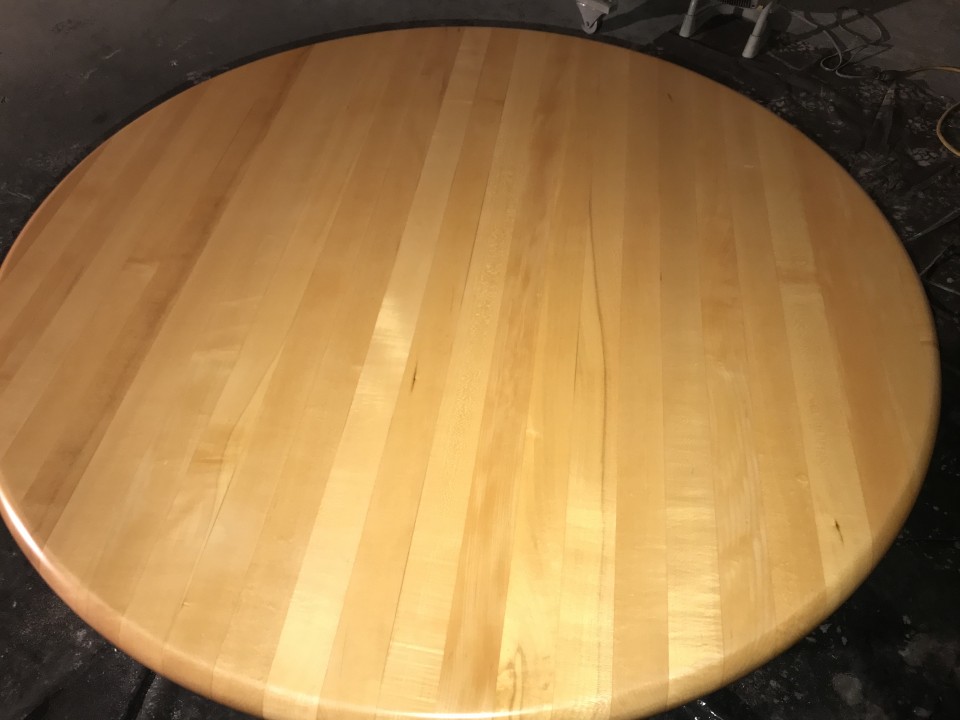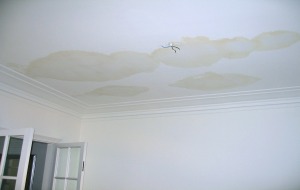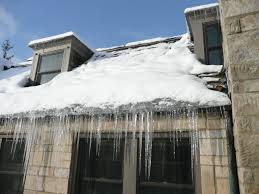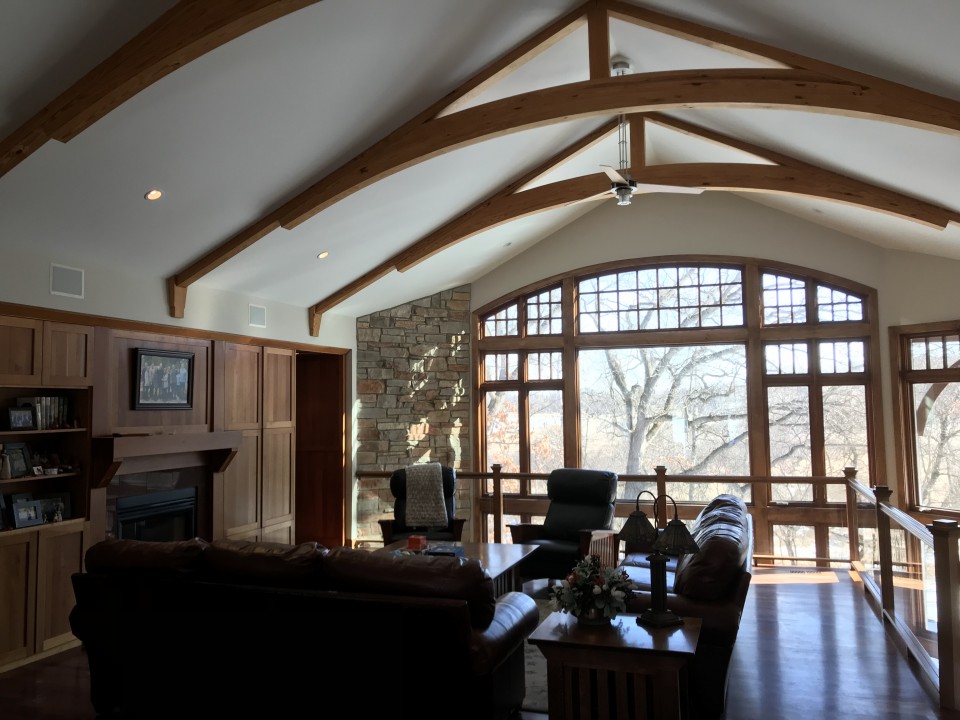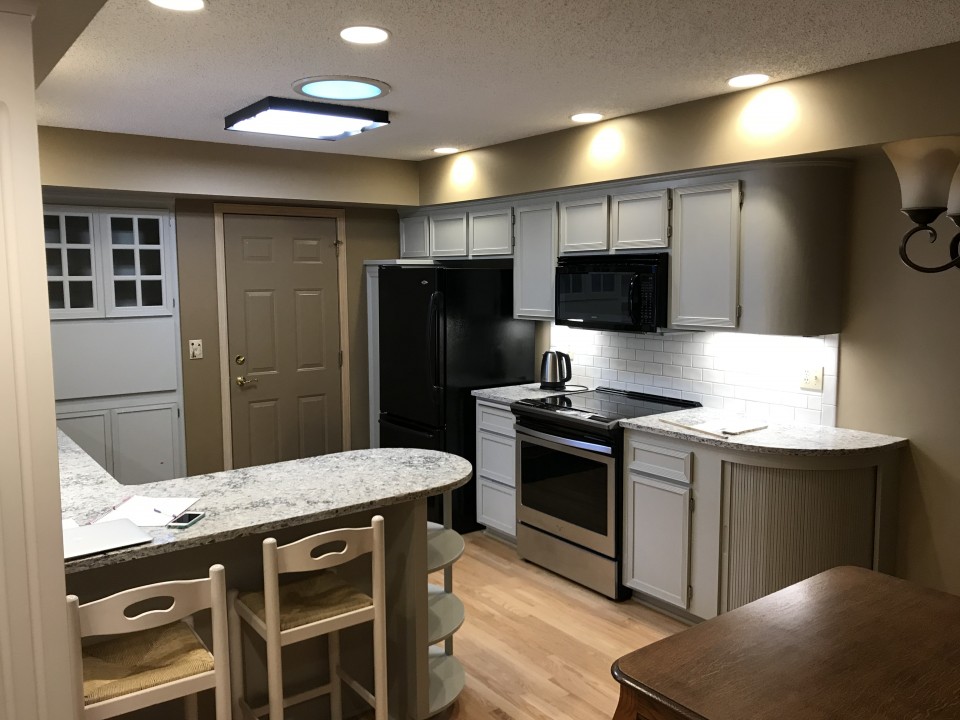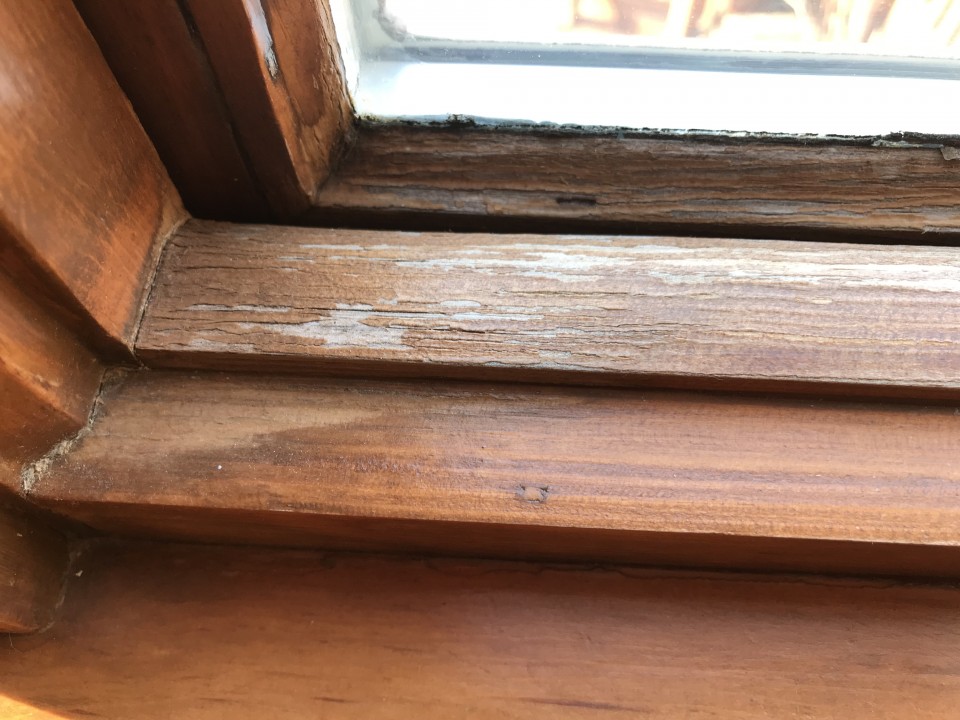What is wrong with my windows? The bottom parts of the windows look terrible. The varnish or paint is peeling, the stain has changed color, there are black and gray rotten looking areas. Maybe all of the above.
Why is this happening?
There are many reasons from poor quality windows to just lack of maintenance on a wood window in the northern climates. The basic underlying cause is the weather. Here in Minnesota in the winter we have extreme conditions. It’s 20 Degrees outside and very dry. Its 70 degrees inside and higher humidity. If you’re lucky you have insulated double or triple pane windows, but even so. There is only about 1”-2” of glass and or wood separating your warm house from the cold outside air. That is why condensation happens, but there is more. Expansion and contraction, sun damage, wood that gets wet and won’t dry out. However, many times it’s just a lack of maintenance or a poor quality original finish of paint or varnish.
Can it be fixed?
Yes, solutions are as follows: Better windows, the better the window the fewer the problems. Keep the interior moisture down in your home however, this creates other problems. Static electricity is not fun, well maybe for the kids. The real solution is to maintain the finish or re-finish the bottom of your windows. If neglected they WILL rot and fail.
How to?
First off the wood must be dry and I mean very dry. We use a moisture meter to test the window sill, sash and jamb. Once we determine the wood is dry we break out the elbow grease..SANDING. All of the broken and cracked varnish, discolored stain, black or decayed wood must be sanded to a new fresh layer of wood. If the black or gray damage goes deep and can’t be removed with sanding then we have to break out the wood bleach. See your local paint store for this product. Open the window and inspect all the surfaces. There should be no raw wood, often times the edges of the windows were never finished when the house was built. All raw wood must be finished. So you have sanded all the damage away and dusted or vacuumed. Maybe you had to bleach but everything is very dry now. Most paint stores carry pints of stain, oil-based stains are best due to penetration and ease of use. Buy 3-5 that you think might work and test them. You may need to intermix the stain to get the correct color. Apply the stain to all the surfaces and wipe off all excess. When dry apply 4 coats of water-based polyurethane varnish to all raw or stained areas. Make sure you have the correct sheen and make sure you fill the joint between the glass and the wood edge. It’s even best to get a very thin layer onto the glass. If you don’t fill the gap that is where the water will soak in. Take your time and do it right, you don’t want to repeat the process in 3 or 4 years. 10 years sounds better, better yet save some of that varnish and re-apply with a light sanding in 3 years.
If this is something you would rather not tackle your own or just don’t have the time. Please give us a call, Lake Area Painting & Decorating, we would be happy to help.
